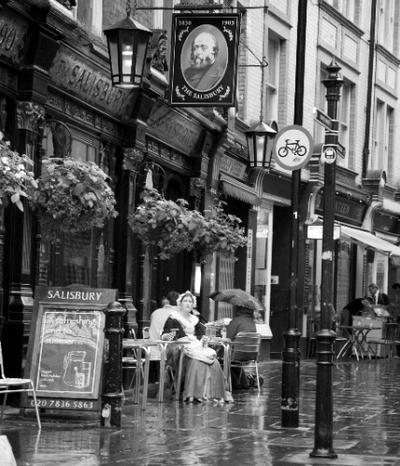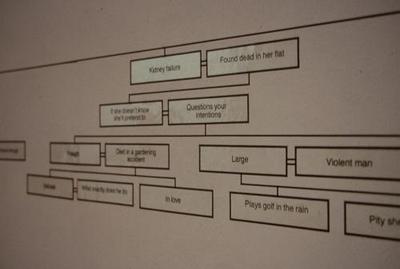After Reynolds
By
Victoria Hall
2006
James Davidson
Based on portrait by Sir Joshua Reynolds' 'Jane Countess of Harrington' 1778 Hunting Art Collection, San Marino, California. Taken at Chiswick House, London. Part of the series of portraits.
Edition prints available at a different size. Price on application.
Encountering Reynolds: Penisular Gallery, Plymouth University By Dr.Jenny Graham
'In looking at Reynolds's portraits today', wrote Ellis Waterhouse, Director of the National Gallery of Scotland, on the occasion of a Reynolds exhibition by the Arts Council of Great Britain in 1949, 'it is sometimes hard to remember that we are looking on the faces of the dead.' Waterhouse found himself particularly fascinated by the immediacy of Reynolds's portraits of aristocratic women and children, sympathetic portrayals of figures seemingly alive in front of us, and homages to the European Old Master tradition, to the Italianate mother and child, in equal measure.
Waterhouse cited the easy grace of elegant Georgians with their charming offspring, images in which a well-bred whippet is just as likely to take the place of the infant St John beside the maternal group. Waterhouse especially admired Reynolds's Caroline, Duchess of Marlborough and her daughter, Lady Caroline Spencer, which combines poses from Raphael's Madonna della Sedia, and a mother and child from Michelangelo's Sistine ceiling, in a more informal depiction of maternal tenderness.
More than fifty years after the Arts Council exhibition, the work of Victoria Hall explores a similar dynamic concerning Reynolds's images of marriage and motherhood, and the Old Master canon. In this series of three photographic images, Hall restages works including Raphael's Madonna della Sedia and Caroline, Duchess of Marlborough and her daughter, in order to examine her own place in an artistic tradition. The leading lady in her photographs, Hall casts herself as both artist and sitter, reworking the eighteenth-century dynamic of male subject and female object. A specific visual language, texture and accessibility of photographic reality are exploited, making reference also to the heritage industry and the consumption of history through period drama.
Helping Artists Keep Going
Axis is an artist-led charity supporting contemporary visual artists with resources, connection, and visibility.






